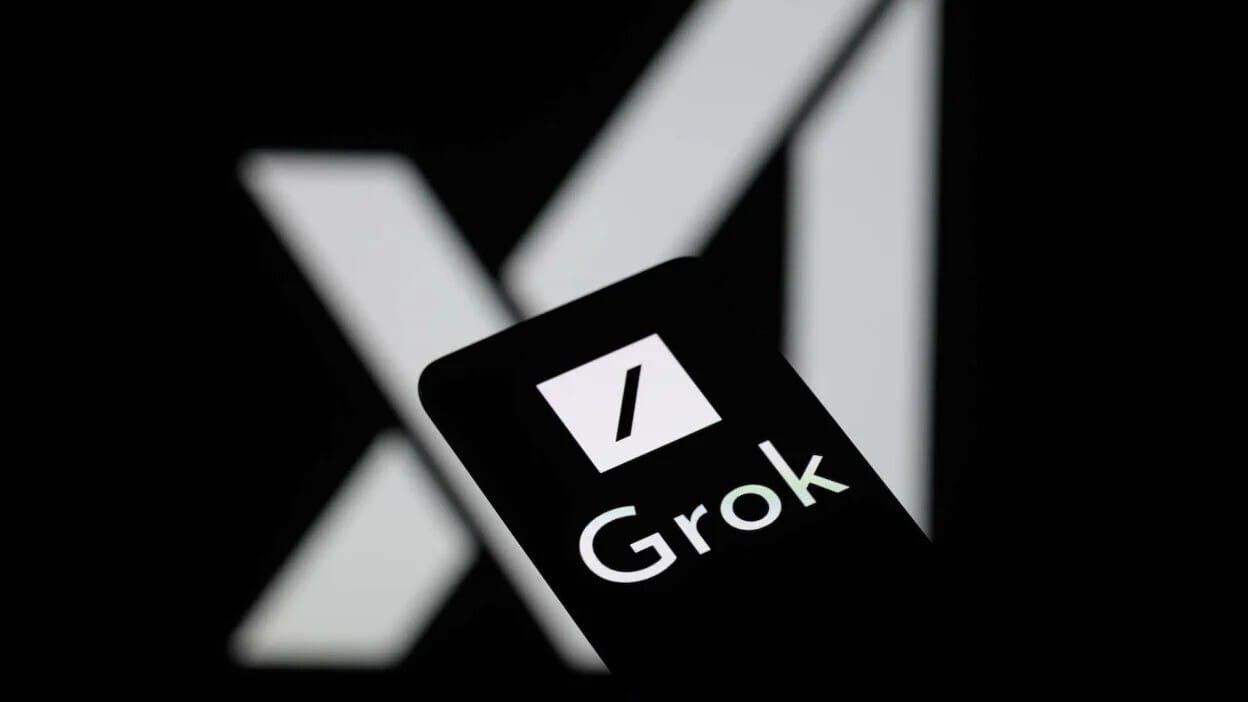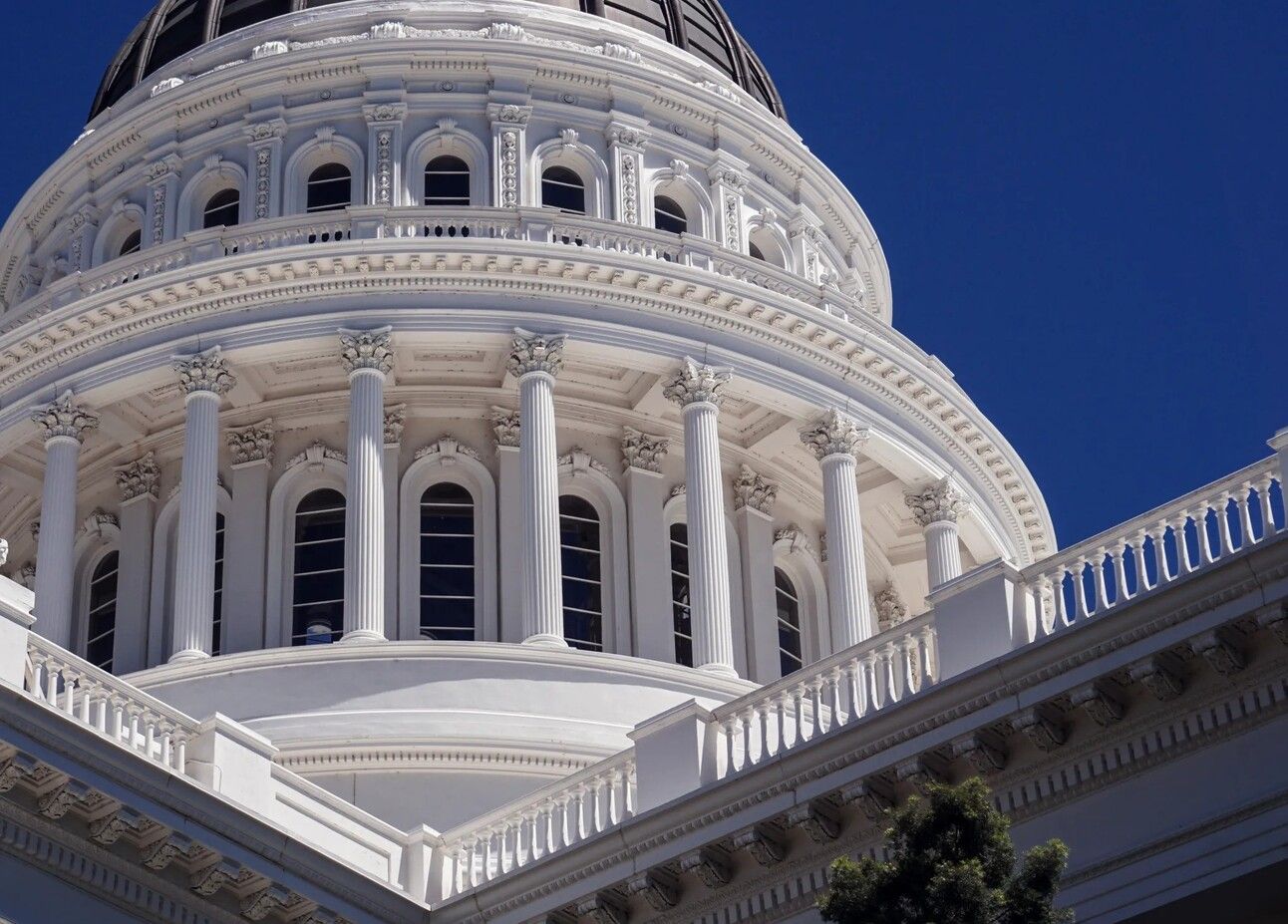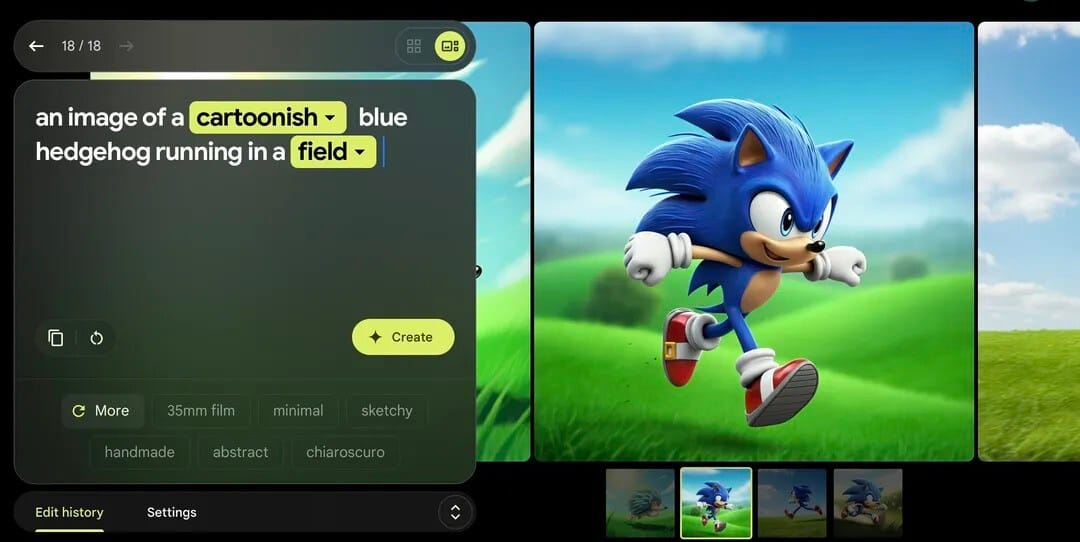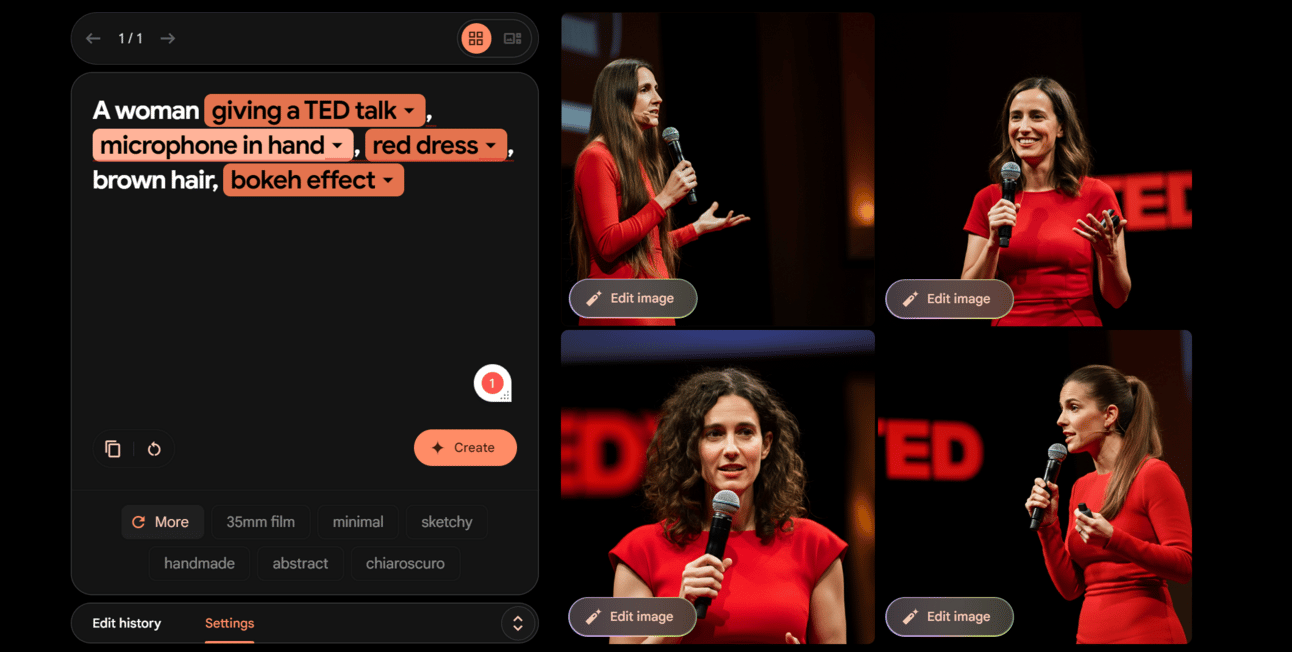- AI Weekly Insights
- Posts
- AI Weekly Insights #42
AI Weekly Insights #42
AI's Expanding Reach: New Features and Regulations
Happy Sunday,
Welcome to the 42nd edition of AI Weekly Insights! This week, we're diving into some major AI developments, from Google’s latest event showcasing AI-powered features to California’s new AI regulation efforts. Plus, we’ll take a look at xAI’s Grok-2 and Google’s enhanced Imagen 3, both pushing the boundaries of what AI can do.
Let’s get into the insights and explore together!
The Insights
For the Week of 08/11/24 - 08/17/24 (P.S. Click the story’s title for more information 😊):
What’s New: At the 2024 "Made by Google" event, AI took center stage as Google introduced a suite of AI-powered features alongside new phones and earbuds.
Top 5 AI Features Announced:
Gemini Live: Enabling real-time conversations with Gemini by offering dynamic, context-aware responses directly on Android devices.
“Add Me” Feature: Easily add yourself or others into photos with AI that adjusts lighting and perspective, creating seamless and natural-looking images.
Pixel Studio & Magic Editor: AI-powered tools for effortless photo editing and content creation, enabling users to transform images with advanced features.
App Integration: Enhanced AI across Google Maps, Gmail, and Docs, providing smarter, more personalized experiences in the apps you use every day.
Pixel Screenshots: A feature that tags and organizes screenshots contextually, making it easy to search for and retrieve them later.
Why It Matters: Google has really hit it out of the park with weaving AI into everyday tech, as this follows up on their I/O event a few months ago. Gemini Live is a huge leap forward, especially considering that it is ahead of what OpenAI is offering right now with its Advanced Voice Mode in limited beta. Google isn’t just making flashy new gadgets; they’re making our day-to-day tools smarter and more intuitive. Whether it’s emailing, navigating, or even just organizing your screenshots, Google and Gemini are quietly making everything a bit easier and more personal.
What's New: xAI has just launched Grok-2, the latest iteration of its AI model, featuring advanced image generation capabilities. This release includes Grok-2 and Grok-2 mini, both available for X Premium users.
Upgrades and Potential: Grok-2’s standout feature is its ability to generate images with fewer restrictions than other models. While this allows for greater creative freedom, it has already led to the creation of controversial and potentially harmful content, including images featuring copyrighted characters and political figures.
Why It Matters: Grok-2’s approach to image generation is both exciting and concerning. On the one hand, it offers users the freedom to create whatever they can imagine. On the other hand, this lack of guardrails poses significant risks, especially as we head into an election season where misinformation can easily spread. xAI has marketed Grok-2 as a more rebellious and unrestricted AI, but this could lead to future restrictions if controversies begin to mount. It’s a contrast to the caution by companies like OpenAI, which is heavily focused on safety and alignment. The big question is whether Grok-2’s bold approach will pay off, or if it will backfire as the dangers become more apparent. Time will tell.

Image Credit: Jonathan Raa / Getty Images
What's New: California’s SB 1047, a bill designed to establish safety standards for large-scale AI systems, has recently been amended following significant pushback from the tech industry.
SB 1047: SB 1047 targets AI models costing over $100 million to train, requiring developers to implement safety protocols and undergo audits. The bill was initially stricter, allowing legal action against AI firms for unsafe practices even before incidents occurred. However, recent amendments have relaxed these measures, reducing the legal and reporting burdens on developers. The revised bill now requires public safety statements rather than certifications under penalty of perjury, and it offers protections for open-source developers, placing more responsibility on larger companies.
Why It Matters: SB 1047 is a landmark in AI regulation, especially significant as it originates from California, the heart of tech innovation. By addressing AI safety at the state level, it sets a potential precedent for other states and even federal regulation. The changes to the bill reflect a compromise that acknowledges the concerns of the tech industry while still aiming to safeguard against AI-related risks. However, as we approach an election season where misinformation could have serious consequences, the effectiveness of these softened measures will be tested. While SB 1047 may help steer AI development in a safer direction, it also highlights the ongoing struggle to balance innovation with the need for regulation in an increasingly AI-driven world. Check out the bill here.

Image Credits: Melinda Podor / Getty Images
What's New: Google has rolled out Imagen 3, the latest version of its AI-powered text-to-image generator, now available to users in the U.S. through the AI Test Kitchen and Vertex AI platform.
Imagen 3: Imagen 3 represents a significant leap forward in AI image generation, allowing users to create highly detailed images from text prompts. It also includes editing capabilities, enabling users to modify specific parts of an image by describing the changes they want. Google has implemented several guardrails to prevent misuse (it won’t generate images of public figures or weapons, and it avoids directly creating named copyrighted characters). Users can sometimes get around these restrictions with clever descriptions.
Why It Matters: Imagen 3 showcases Google’s continued advancements in AI image generation. With the addition of more sophisticated editing tools and high-quality output, Google is positioning Imagen 3 as a leading option for users seeking to create visually stunning content. The ongoing challenge of balancing creative freedom with ethical considerations remains, especially in contrast to less restrictive platforms like Grok (see above). As AI tools become more widely available, these decisions about content moderation will play a critical role in shaping the future of digital creativity and information integrity. In my testing of the tool, it is very good and less likely to fall into the traps of other AI-generated images.


Your enthusiasm and curiosity drive our exploration through AI's rapidly evolving landscape. I look forward to your insights, questions, and assistance in spreading our discoveries with the AI community.
Until next Sunday, keep exploring and stay engaged!
Warm regards,
- Kharee